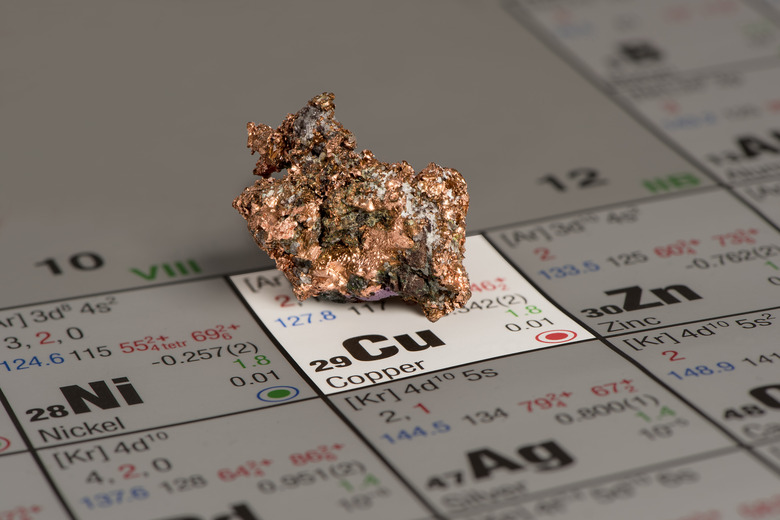The chemical behavior of an atom lies at the heart of understanding the intricate tapestry of matter and its interactions. This behavior is dictated by the arrangement of electrons surrounding the atomic nucleus and the resultant electronic structure, which governs an atom’s affinity for bonding, reactivity, and overall chemical properties. To fully grasp this concept, it is imperative to consider several factors, including atomic structure, periodic trends, types of chemical bonds, and the role of electronegativity.
At the core of an atom is the nucleus, composed of positively charged protons and uncharged neutrons. This nucleus is orbited by negatively charged electrons, which are organized into shells around the nucleus. The arrangement of these shells and subshells dictates how an atom will interact chemically. The outermost shell, known as the valence shell, contains the valence electrons that are primarily responsible for an atom’s chemical behavior. Atoms strive for stability, often achieving this through the attainment of a full valence shell, typically comprising eight electrons, in accordance with the octet rule.
When evaluating the electronic configuration of an atom, it becomes apparent that the number of valence electrons directly influences its chemical reactivity. For instance, alkali metals, found in group one of the periodic table, possess a single valence electron, thereby exhibiting heightened reactivity as they readily lose that electron to attain a more stable configuration. Conversely, noble gases, located in group eighteen, contain a complete valence shell and are characterized by their remarkable inertness, demonstrating little to no tendency to engage in chemical reactions.
Periodic trends further elucidate the predictable variations in atomic behavior. As one traverses the periodic table from left to right, there is a discernible increase in electronegativity, ionization energy, and electron affinity. Electronegativity, a measure of an atom’s ability to attract and hold onto electrons, significantly impacts how atoms bond with one another. Atoms with high electronegativity, such as fluorine and oxygen, tend to form polar covalent bonds or ionic compounds, as they are better equipped to attract electrons from less electronegative atoms.
Ionization energy—the energy required to remove an electron from an atom—exhibits a similar trend. It increases across a period and decreases down a group. An atom’s propensity to form cations or anions hinges on these energy considerations. Metals, found on the left side of the periodic table, generally have lower ionization energies and thus tend to lose electrons easily, forming positive ions. Nonmetals, on the other hand, usually exhibit high ionization energies, favoring the acquisition of electrons to form negative ions.
Understanding the various types of chemical bonds is essential to comprehending atomic interactions. There are primarily three types of bonds: ionic, covalent, and metallic. Ionic bonds arise from the electrostatic attraction between positively and negatively charged ions. When an atom donates an electron to another, an ionic bond forms; for instance, the interaction between sodium (Na) and chlorine (Cl) to create sodium chloride (NaCl) serves as a quintessential example.
Covalent bonds, in contrast, occur when atoms share electrons. This type of bonding is prevalent among nonmetals, where atoms attain stability by sharing their valence electrons. The nature of the covalent bond can further be delineated into polar and nonpolar categories, depending on the relative electronegativities of the bonding atoms. In polar covalent bonds, unequal sharing of electrons results in partial positive and negative charges, giving rise to dipole moments. Nonpolar covalent bonds emerge when atoms share electrons equitably, as observed in diatomics like O2 or N2.
Metallic bonds present yet another facet of atomic behavior. In metallic bonding, electrons are delocalized across a lattice of positive ions. This electron sea imbues metals with their characteristic properties, such as electrical conductivity, malleability, and ductility. The unique bonding configuration within metallic systems demonstrates how atomic behavior not only encompasses reactivity but also significantly influences physical properties.
The role of, and the interplay between, various molecular shapes and intermolecular forces should not be overlooked in the discussion of chemical behavior. The geometry of a molecule can affect the distribution of electrons and, consequently, its reactivity and polarity. Larger molecules may experience van der Waals forces, which, though relatively weak compared to covalent or ionic bonds, can significantly influence physical properties such as boiling points and solubility.
Ultimately, the chemical behavior of an atom stems from an intricate interplay of its electronic structure, position within the periodic table, and the nature of bonds it forms. The rarity of certain elements, their electronegativities, and cohesion with other atoms underscores the multifaceted nature of chemical behavior. As the understanding of atomic interactions deepens, it becomes evident how these principles undergird the everything from the fundamental processes of life to the development of novel materials and technologies.












